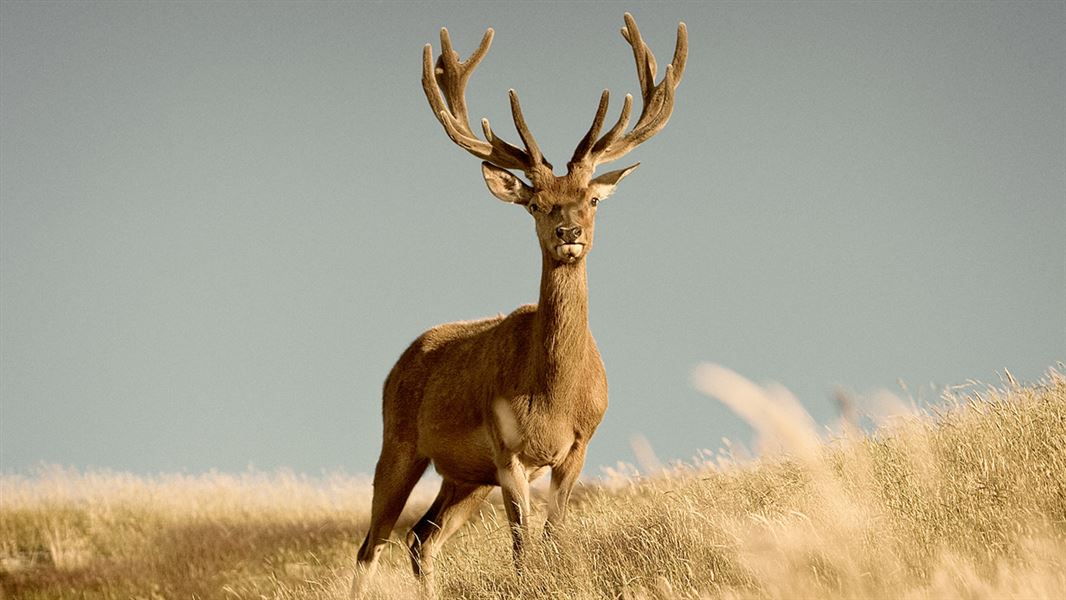There are concerns about the significant damage deer and goats cause by eating and trampling native plants. Pigs have also been found to eat native species, including frogs.
Although deer, goat, pigs and other introduced browsers are susceptible to 1080 poisoning, we don’t use cereal pellets containing 1080 to control their populations.
With the low bait applications rates and methods used in modern day operations, 1080 is not an effective means of controlling deer numbers and it has limited impact on populations of larger deer species unless other food sources are scarce. If deer, pigs or goats eat bait and don’t die, the 1080 is broken down quickly and excreted within days.
Repellent is sometimes added to 1080 bait to discourage deer from eating it. This is limited to areas with herds of significance and species that are more susceptible to 1080 e.g. fallow or whitetail. Decisions about where DOC uses deer repellent are made in consultation with the New Zealand Deerstalkers Association and the Game Animal Council.
We try not to run operations during seasonal hunting events, including the Roar. However, in some cases, this is unavoidable because we have limited time, due to weather or other factors, to deliver operations and protect native species.
DOC has established a Wild Animal Management Programme which aims to reduce the impacts of introduced animals on native forests.
Know before you go
We want to ensure hunters are well-informed about predator control operations. There are various ways you can find out about the location, timing and safety restrictions.
- Signs are installed at key entrances to forest areas when 1080 bait has been applied.
- We put alerts on our website before, during and after operations are delivered. To see if there is an alert in an area of your interest, visit: Places to go: Parks and recreation.
- We publish notices in local community newspapers before bait is applied, and we communicate with landowners adjacent to operational areas.
- You can track the progress of 1080 operations in areas you wish to hunt and see detailed operational boundaries: Pesticides summaries interactive map.
- You can see where operations are planned up to a year in advance. National predator control operations.
